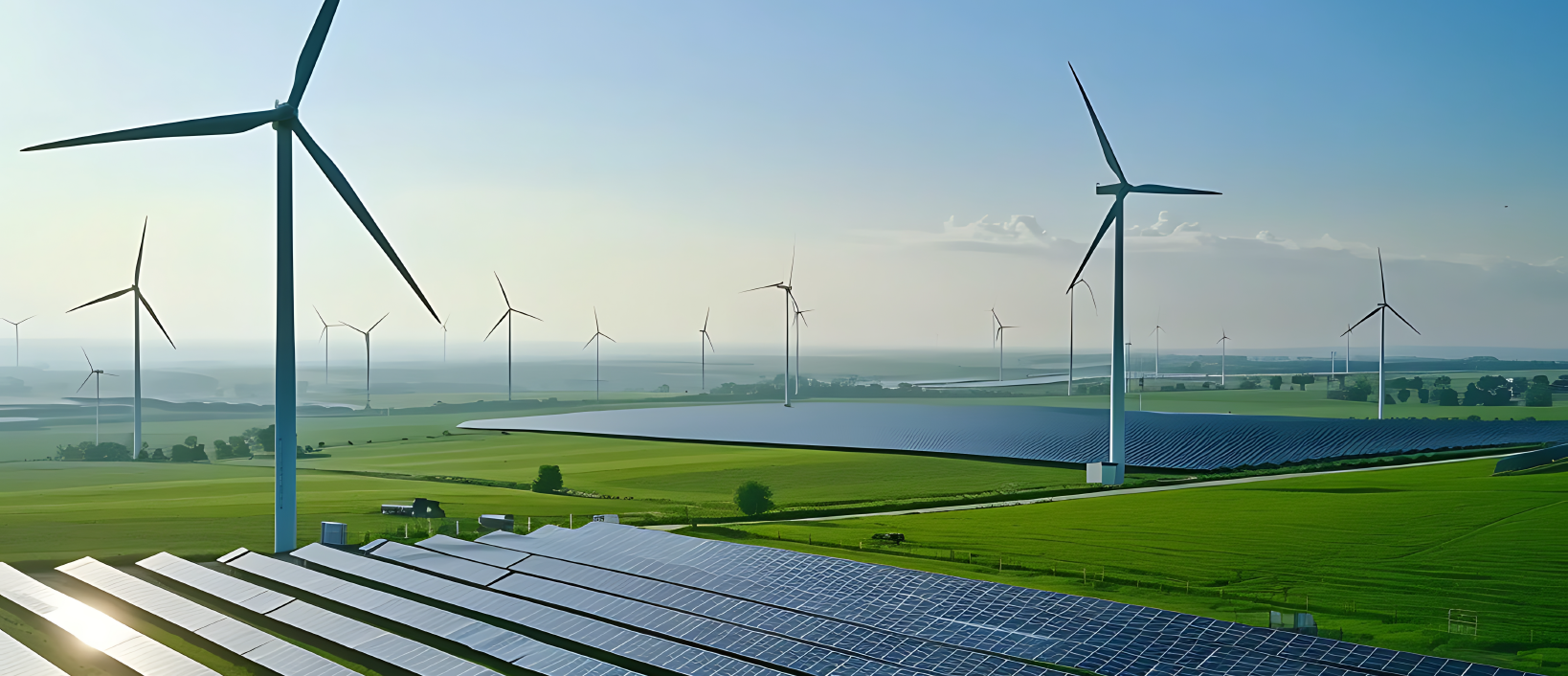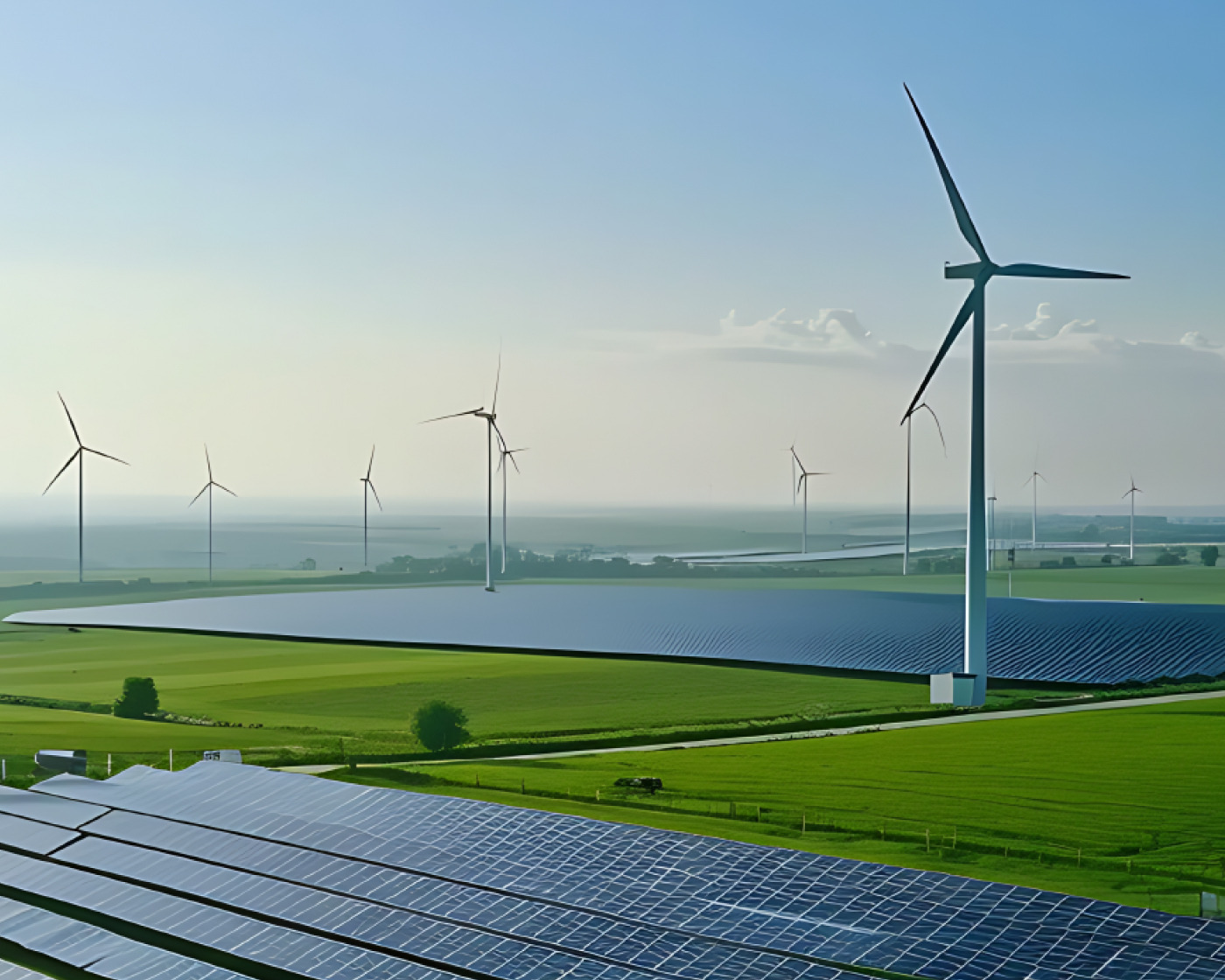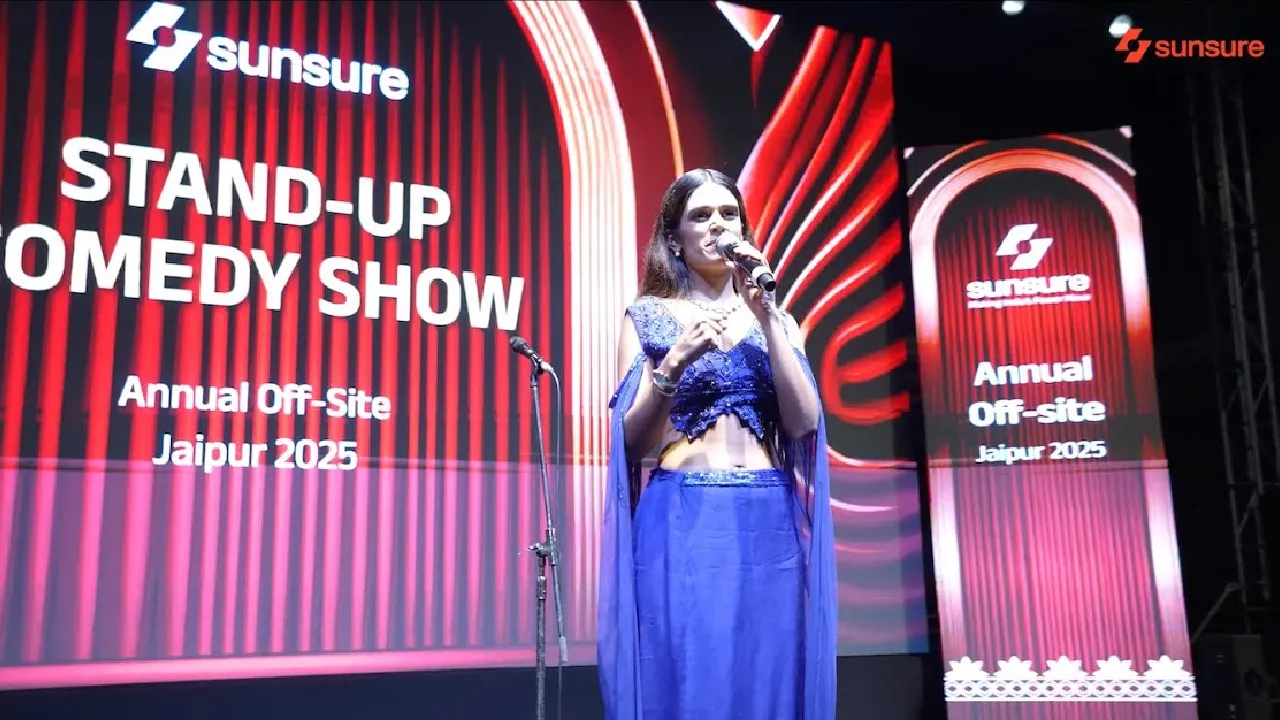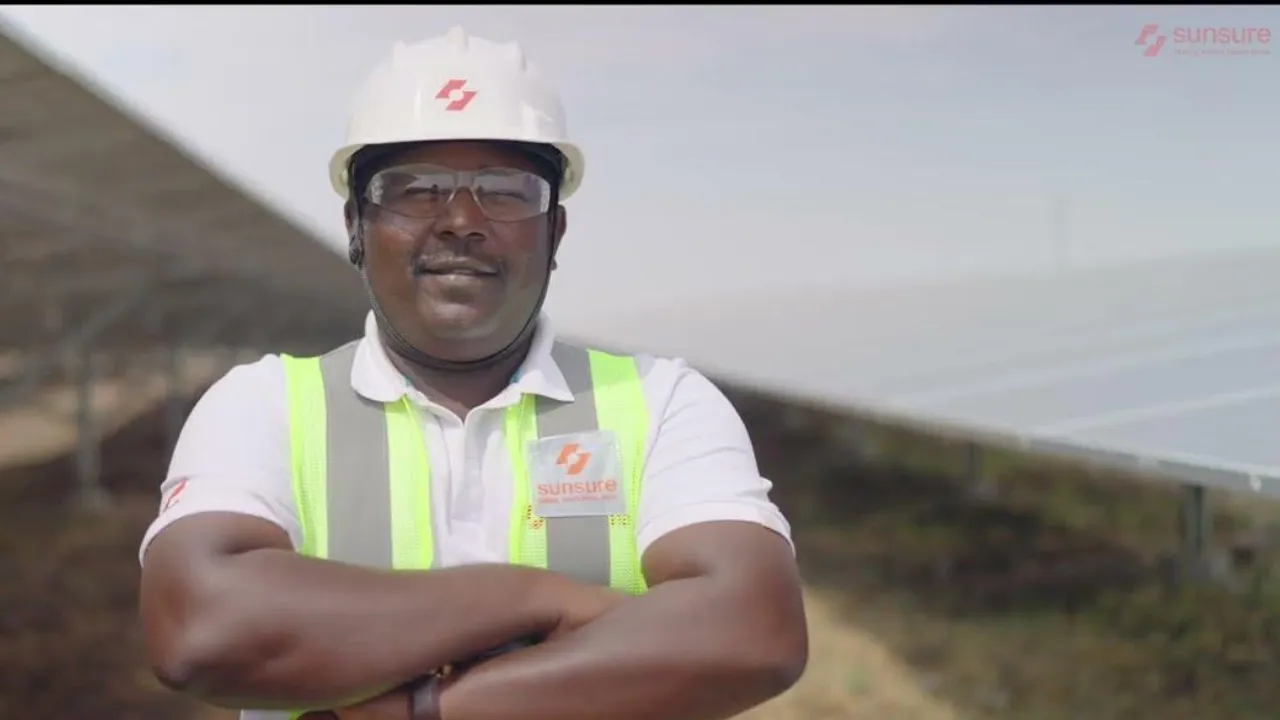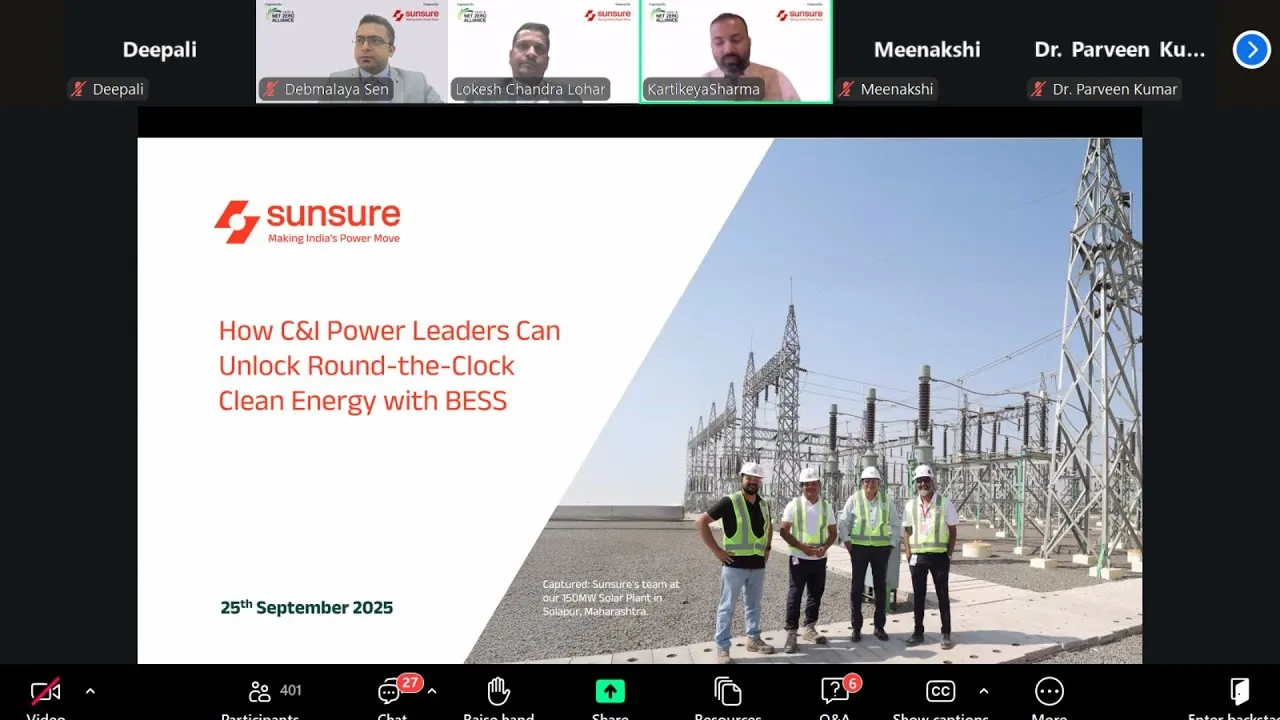FAQs
Frequently Asked Questions
- Open access refers to the provision for consumers to procure green power directly from a source other than the local distribution company (DISCOM), often through private generators or renewable energy producers.
- There will be a non-discriminatory provision for the use of Transmission lines or Distribution system or associated facilities helping in transfer of Green power under green energy open access.
- Open access in Maharashtra is governed by regulations set forth by the Maharashtra Electricity Regulatory Commission (MERC). These regulations outline the terms and conditions under which consumers can avail themselves of open access, including eligibility criteria, charges, and other relevant aspects.
- Approval for Green Open Access is to be granted in 15 days or else it will be deemed to have been granted.
- Limit of Open Access Transaction has been reduced from 1 MW to 100 kW for green energy (No cap for captive)
- Provide certainty on OA charges to be levied on Green Energy OA Consumers which includes transmission charges, wheeling charges, cross-subsidy surcharge and standby charges.
- Energy banking regulations would be standardized to monthly providing more flexibility to the power generators.
- AS not to be applicable for Green Energy Open Access Consumers, if fixed charges are being paid by such a consumer
- CSS not to be increased, during twelve years from the date of operating of the generating plant using renewable energy sources, by more than 50% of the surcharge fixed for the year in which OA is granted.
